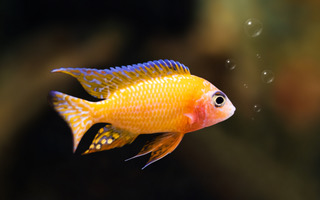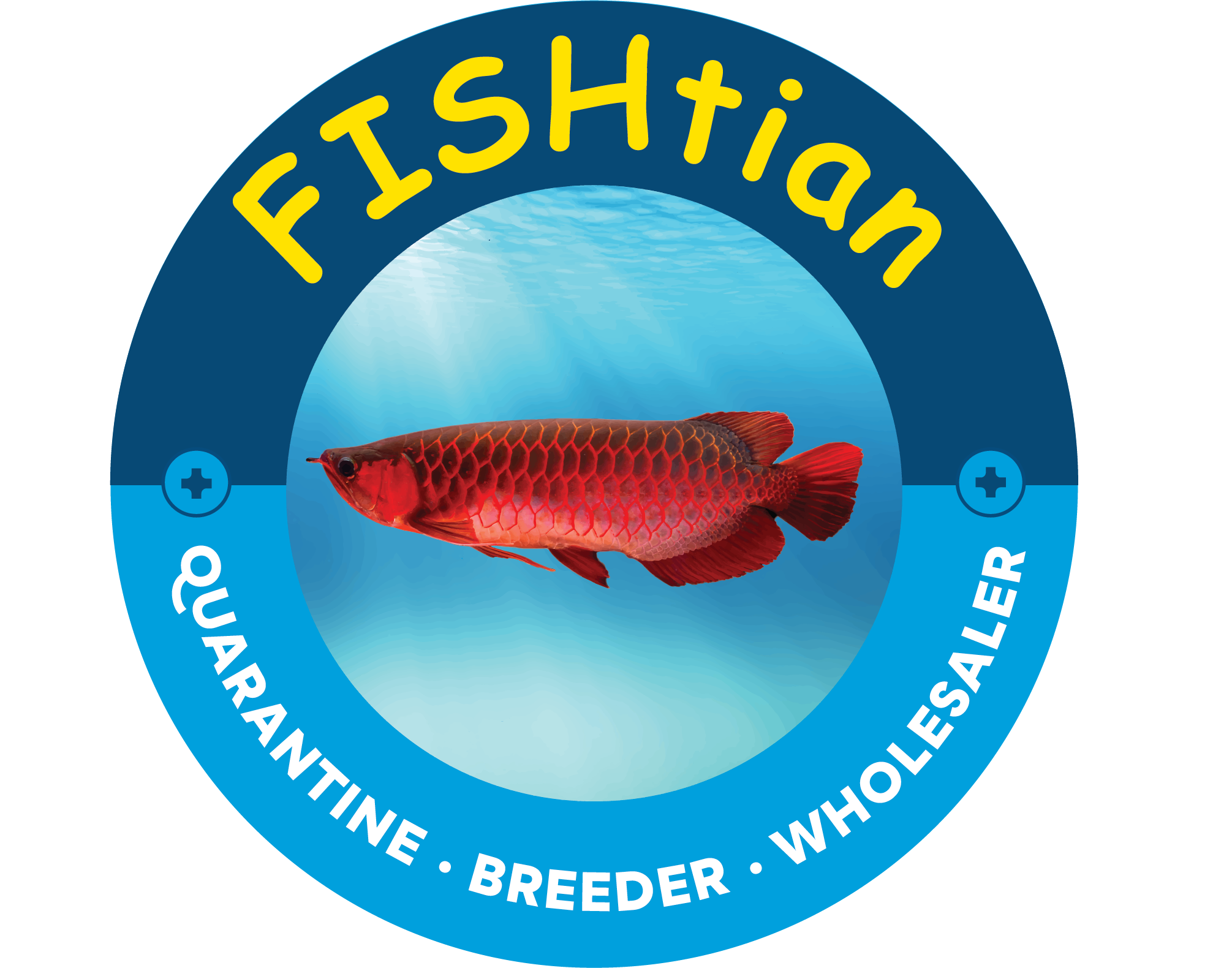
07 Aug MAINTAINING A BALANCED NITROGEN CYCLE
A well-managed nitrogen cycle is one of the most important things to consider in order achieve a successful and healthy aquarium.
Total ammonia (TA) or total ammonia nitrogen (TAN) refers to the total concentration of both NH3 and NH4+ in the water and it can be found in 2 forms in equilibrium in water:
- Ammonia or NH3 (un-ionised or `free’ ammonia)
- Ammonium or NH4+ (ionised)
Un-ionised or `free’ ammonia is the most toxic compound found in water and it depends directly on factors such as pH and temperature. The higher the pH present in the water, the higher the levels of NH3 found. The levels of un-ionised ammonia can be easily detected by a purchased ammonium test kit. Ideally ammonia levels should be kept at zero levels, however, for freshwater fish environments, a concentration of toxic ammonia might be considered safe if it does not exceed 0.01mg/L. In extreme cases, concentrations of total ammonia should, if at all possible, not exceed 0.02mg/L for a maximum period of 3 days, and 0.1mg/L as a maximum concentration accepted for a period longer than one hour. If this occurs, it might be due to an increase in the death of bacterial colonies, malfunction in the filtering system, overfeeding or overcrowding.
Free ammonia levels which have become toxic to fish may cause a range of symptoms including fin damage, lack of appetite and feeding, susceptibility to disease, rapid respiration, cloudy eyes and lack of activity.
Lowering pH in the water might provide immediate relief, however immediate replacement of some of the water is the best solution to lower ammonia levels. Up to a 50% partial water change should be carried out in an emergency situation regarding elevated ammonia levels. There are also water conditioner treatments which neutralize ammonia, however only those which specifically state that they detoxify or neutralize ammonia should be used as not all water conditioners carry out this process. The process of cycling (see below “Aquarium Cycling”) along with a good filtering system is perhaps the most efficient and easy way to avoid excess ammonia in a freshwater or marine tank.
In nature, nitrate levels flow around the rate of 5ppm. In freshwater aquariums, a concentration of nitrates between 10-40ppm is an acceptable rate for most fish types. If nitrate levels show to be around 60ppm or higher, this will promote stress in the fish, followed by death. In marine tanks, some corals, anemones and other invertebrates, like crustaceans for example, can be extremely delicate to high nitrate levels, therefore, for these types of tanks, 0.2ppm is considered acceptable.
[This information was extracted from (and is the property of) Learning Cloud: Aquarium Management. It is reproduced here for the purpose of offering sound knowledge and education].

